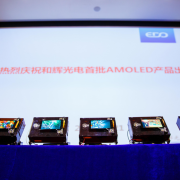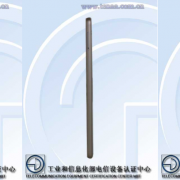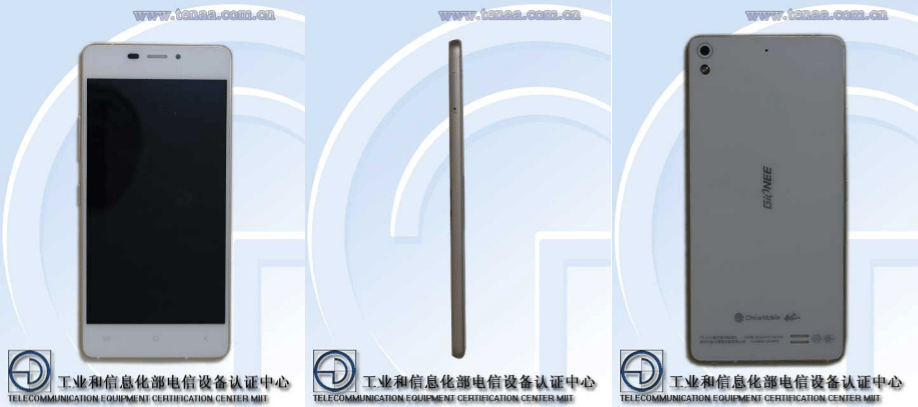![[FPD China 2015]Tianma, FHD OLED panel](http://www.olednet.com/wp-content/uploads/2015/03/p8253-300x225.jpg) A display company Tianma succeeded in developing China’s first OLED panel with FHD resolution. There are several companies that mass produces or is developing AMOLED panel for smart phones. Samsung Display and LG Display are in Korea, JDI in Japan, and AUO in Taiwan. In China, the companies include Tianma, Visionox, Truly, and EveryDisplay, as well as BOE. The 4 companies that are mass producing the AMOLED panel are Samsung Display, LG Display, AUO, and EverDisplay. Of these, only Samsung and LG are pass producing FHD AMOLED panel.
A display company Tianma succeeded in developing China’s first OLED panel with FHD resolution. There are several companies that mass produces or is developing AMOLED panel for smart phones. Samsung Display and LG Display are in Korea, JDI in Japan, and AUO in Taiwan. In China, the companies include Tianma, Visionox, Truly, and EveryDisplay, as well as BOE. The 4 companies that are mass producing the AMOLED panel are Samsung Display, LG Display, AUO, and EverDisplay. Of these, only Samsung and LG are pass producing FHD AMOLED panel.
With LCD panel for mobile, products with resolution of FHD or higher are already being mass produced. However, due to the manufacturing process, it is difficult to produce OLED panel with FHD resolution or higher. As emitting materials are evaporated via fine metal mask (FMM), obtaining high resolution of high precision FMM is a priority. In order to manufacture high precision FMM, metal plate of 40um or less is needed, and also requires technology that allows for highly accurate process. Only 2 companies, Japan’s DNP and Toppan, can produce high precision FMM, and since they have exclusive contracts with Samsung and LG respectively, they cannot provide FMM. Therefore, JDI employs WOLED structure that does not require FMM for AMOLED development and commercialization.
To develop high resolution AMOLED panel, Tianma has been independently developing dual FMM. Although it has not been confirmed what type of FMM was used for the FHD AMOLED revealed in FPD China 2015, they exhibited 5.5inch FHD OLED product with 400ppi resolution.
Resolution of FHD or higher can be realized by manufacturing OLED panel itself purely by process, or by another method with pentile technology. Currently it is difficult to produce FHD with the first method and even Samsung and LG are utilizing the pentile technology. As such, it is likely that Tianma’s AMOLED is pentile driven. Pixel structure needs to be analyzed once the product is available on the market.

FHD AMOLED panel from Tianma, FPD China 2015
![150319_[FPD China 2015] Tianma, 중국 최초 FHD OLED 패널 공개2](http://www.olednet.com/wp-content/uploads/2015/03/150319_FPD-China-2015-Tianma-중국-최초-FHD-OLED-패널-공개2-300x173.jpg)


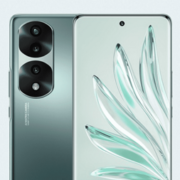
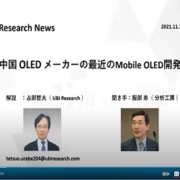




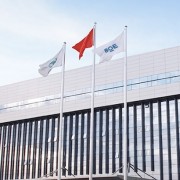
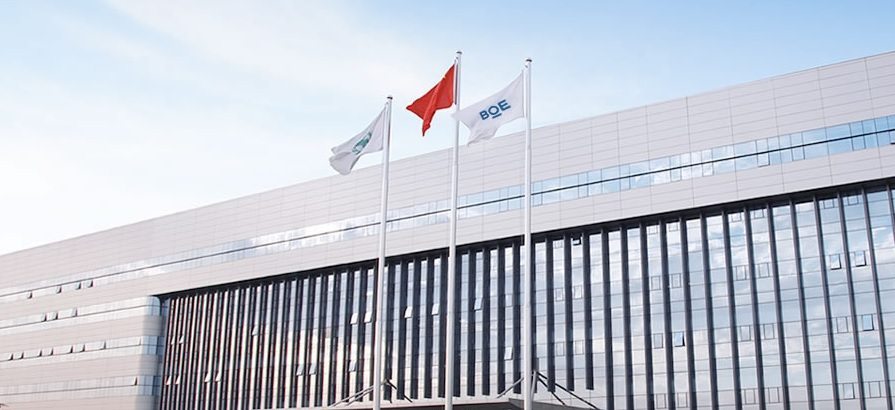
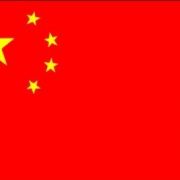

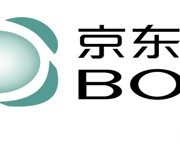

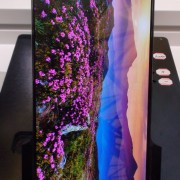
![[FPD China 2015]Tianma, FHD OLED panel](http://www.olednet.com/wp-content/uploads/2015/03/p8253-300x225.jpg)

![150319_[FPD China 2015] Tianma, 중국 최초 FHD OLED 패널 공개2](http://www.olednet.com/wp-content/uploads/2015/03/150319_FPD-China-2015-Tianma-중국-최초-FHD-OLED-패널-공개2-300x173.jpg)
